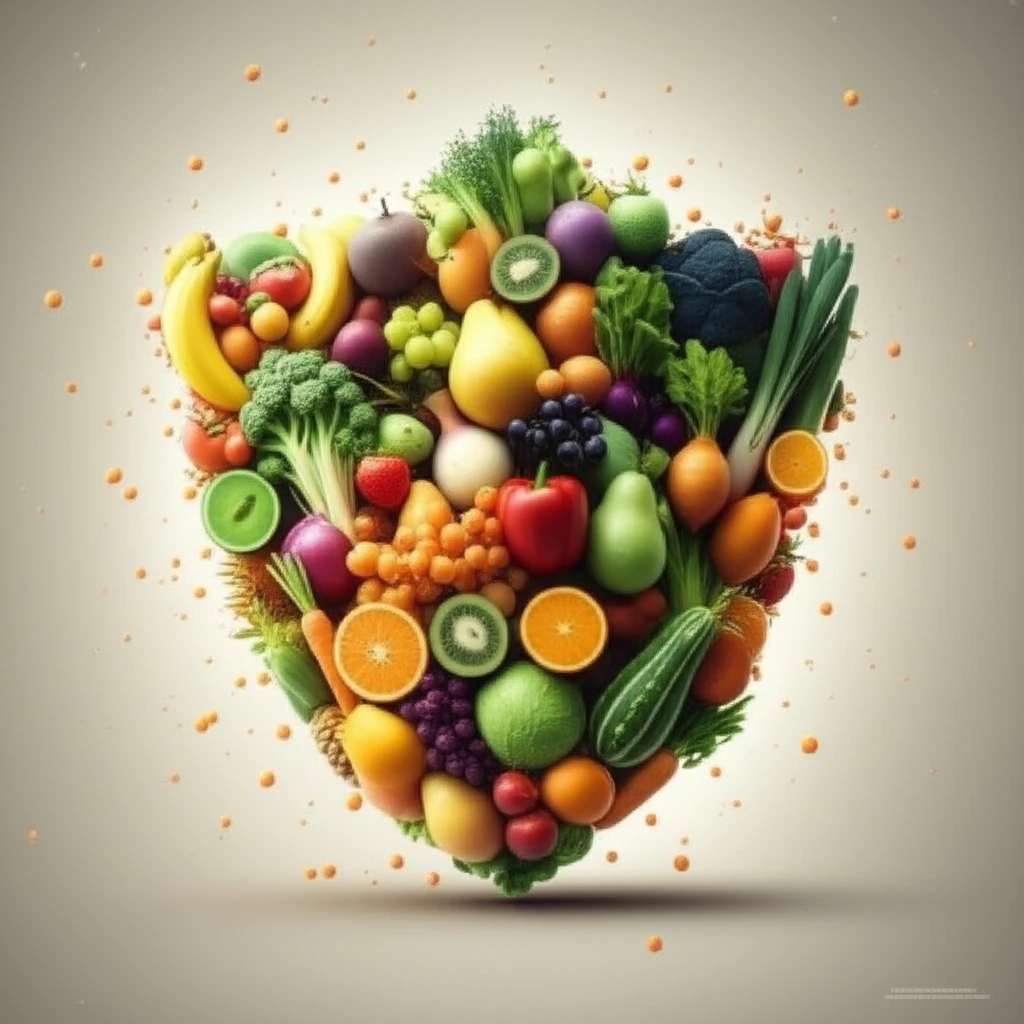
Unlock the Power of Flavonoids: Your Guide to Healthier Eating with Fruits & Veggies
"Discover how to maximize the benefits of these natural compounds through smart food choices and cooking methods."
Flavonoids are natural compounds celebrated for their health-boosting properties. Known for their anti-inflammatory and antioxidant effects, they play a vital role in supporting overall well-being. This article dives into the flavonoid content of commonly consumed fruits and vegetables, exploring how different cooking methods can either enhance or diminish their presence.
Understanding how to optimize your intake of flavonoids is key to harnessing their potential health benefits. We'll examine the flavonoid levels in both conventionally grown and organic produce, providing practical insights for making informed dietary choices.
Based on research conducted in Southern Brazil, this guide translates scientific findings into actionable advice, helping you incorporate flavonoid-rich foods into your daily diet effectively.
Flavonoids: Nature's Tiny Warriors

Flavonoids are a diverse group of plant-based compounds, with over 8,000 different types identified. These compounds owe their variety to different sugars and hydroxyl groups in their basic chemical structure. They're categorized into six main classes: Flavanones, Flavonols, Flavones, Flavanols, Isoflavones, and Anthocyanidins.
- Combat inflammation
- Act as powerful antioxidants
- Offer potential anti-tumor effects
- Provide anti-allergy support
- Exhibit antiviral properties
Maximize Your Flavonoid Intake: Key Takeaways
This research highlights the importance of food choices and preparation methods in maximizing flavonoid intake. By understanding the impact of cooking on flavonoid levels, you can make informed decisions to optimize your diet.
Here’s a quick recap of key findings: <ul><li>Organic onions and apples generally have higher flavonoid levels than their conventional counterparts.</li><li>Cooking methods can significantly affect flavonoid extraction: it enhances flavonoid availability in vegetables but may decrease it in fruits due to fiber interaction.</li></ul>
While there's no official daily recommendation for flavonoid intake, knowledge of flavonoid content in foods empowers nutritionists to create personalized dietary plans. Incorporating a variety of colorful fruits and vegetables into your diet is a simple, delicious way to boost your flavonoid intake and support your overall health and well-being. So, load up your plate with nature's tiny warriors and reap the benefits!
